The animal kingdom is full of fascinating creatures, and some of them are known for their incredible vocal power. From the deep oceans to dense jungles, the loudest animals in the world make sounds that can travel over long distances or pierce the air with stunning intensity. One such animal is the sperm whale, whose clicks can reach an astonishing 230 decibels, making it the loudest animal on the planet. On land, the howler monkey’s roar can be heard up to 5 kilometers away, making it one of the most ear-splitting animals in the jungle.
Birds, too, join the ranks of the loudest animals in the world, with the white bellbird standing out for its ear-piercing call, reaching up to 125 decibels. Not to be outdone, the blue whale, despite its calm demeanor, can produce sounds that travel hundreds of miles underwater. These extraordinary vocalizations serve a variety of purposes, from marking territory to attracting mates or communicating across vast distances, showcasing the impressive power of nature’s noisiest creatures.
Top 10 Loudest Animals in the World
1. Sperm Whale (230 dB)

The sperm whale is not only the largest toothed predator on Earth, but also holds the title for the loudest sound produced by any animal. Reaching up to 230 decibels (dB), the clicking sounds made by sperm whales are used for echolocation to navigate the deep ocean and to communicate with other whales. These clicks are so powerful that they can travel over vast distances underwater, making the sperm whale one of the loudest animals in the world. Their intense vocalizations are essential for survival in the dark, high-pressure environments of the deep sea.
What makes the sperm whale’s sound so remarkable is its ability to surpass the noise level of a jet engine or even a rocket launch. These sounds are produced by forcing air through a complex nasal structure, creating clicks that are primarily used to find prey, such as squid, in the deep ocean. Among the loudest animals in the world, the sperm whale’s clicks are not just impressive in volume, but also in their role in communication and hunting in the ocean’s depths.
2. Tiger Pistol Shrimp (200 dB)

The Tiger Pistol Shrimp, also known as the snapping shrimp, is one of the most fascinating creatures in the ocean due to its incredible noise-making ability. This small shrimp, measuring only a few centimeters in length, can generate a sound reaching 200 decibels by snapping its specialized claw. When the claw closes rapidly, it creates a high-velocity jet of water that results in a loud “snap,” powerful enough to stun prey and even shatter glass in some cases. The noise it produces ranks the shrimp among the loudest animals in the world, despite its tiny size.
What makes the Tiger Pistol Shrimp even more remarkable is that the sound it generates rivals that of a gunshot or jet engine, and it’s loud enough to interfere with sonar equipment. The 200 dB sound is created when the water jet causes bubbles to collapse, producing both the noise and a flash of light known as cavitation. This shrimp may be small, but its ability to create such a powerful sound makes it one of the loudest animals in the world, demonstrating the incredible adaptations found in marine life.
3. Blue Whale (188 dB)
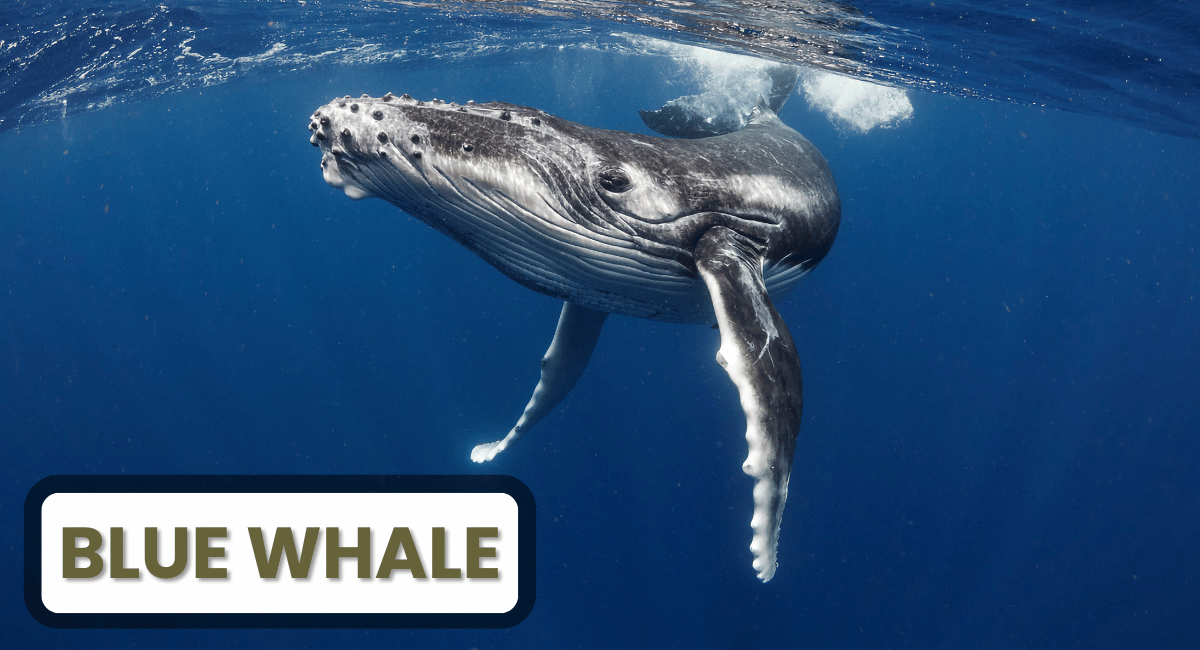
The blue whale, the largest animal on Earth, holds the title for the loudest sound produced by any living creature. Its vocalizations can reach an astonishing 188 decibels, which is louder than a jet engine. These low-frequency calls can travel hundreds of miles through the ocean, allowing blue whales to communicate with one another across vast distances. Their remarkable vocal strength plays a crucial role in mating and navigation, helping them survive in the deep sea. This incredible sound level makes the blue whale one of the loudest animals in the world.
Despite their massive size, blue whales are gentle giants that rely on sound to communicate and understand their environment. They produce a range of sounds, including moans, pulses, and groans, that contribute to their underwater communication system. Scientists believe their calls not only help in communication but also in echolocation, helping them navigate dark, deep waters. With a sound reaching up to 188 dB, the blue whale stands out as the most impressive among the loudest animals in the world, fascinating researchers and animal lovers alike.
4. Howler Monkey (140 dB)
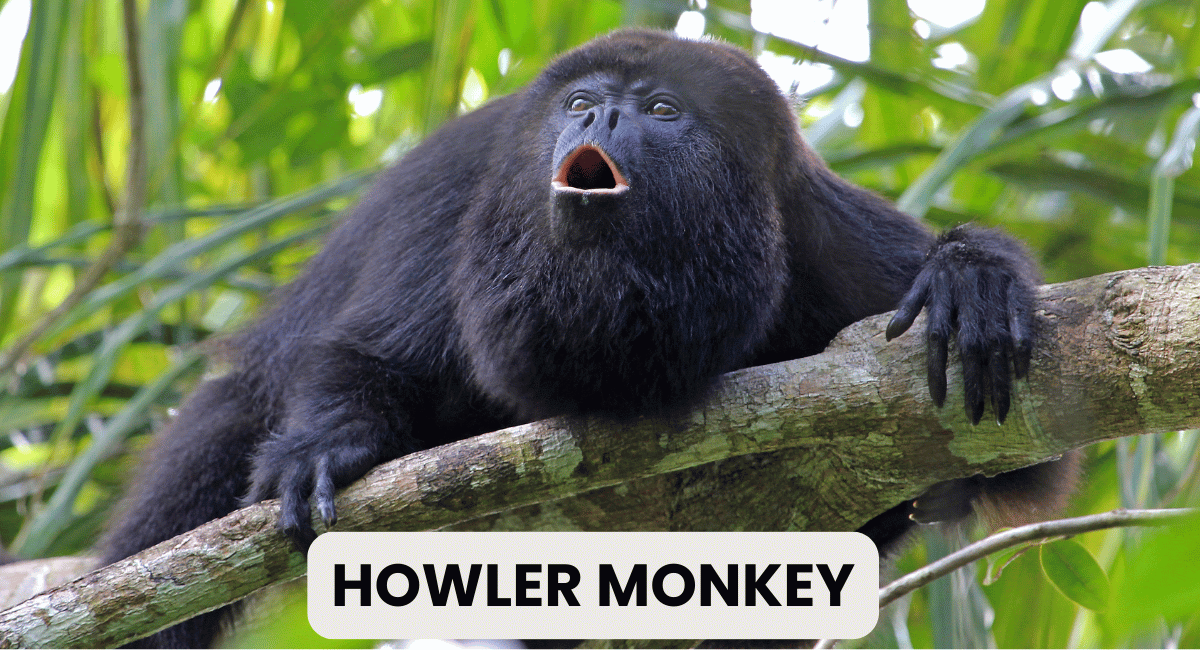
The Howler Monkey is one of the loudest animals in the world, known for its powerful vocalizations that can reach up to 140 decibels. These remarkable primates inhabit the forests of Central and South America, and their calls can be heard from several miles away. The booming sound serves as a way to communicate with other members of the troop and to mark territory, ensuring rival groups stay at a distance. Their deep vocal chambers and specially adapted throat structures make them perfectly equipped for producing such loud noises, making them one of nature’s most impressive sound-makers.
In addition to their unique vocal abilities, Howler Monkeys are crucial to their ecosystems. Their loud calls are often used to warn the group of potential dangers or to signal the presence of food sources. As they move through the treetops, their unmistakable roars contribute to the chorus of jungle sounds. With their ability to reach ear-splitting levels, it’s no wonder they are regularly featured among the loudest animals in the world, showcasing the incredible diversity of wildlife communication.
5. Elephant (117 dB)
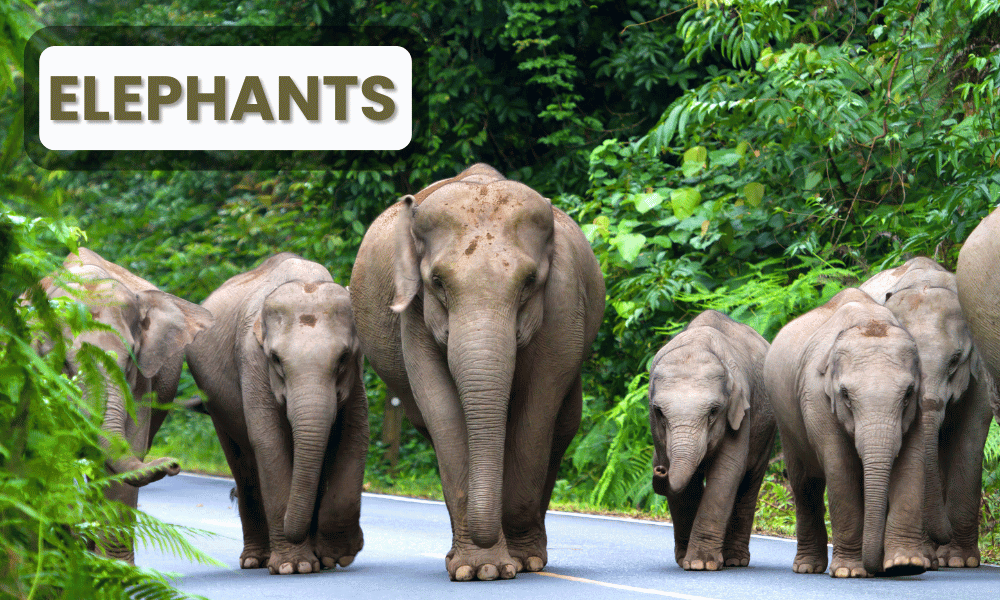
Elephants are not only known for Largest Animal in World and intelligence but also for their powerful vocalizations. Producing sounds that can reach up to 117 decibels, elephants are among the loudest animals in the world. Their low-frequency rumbles, also known as infrasound, can travel over several kilometers, allowing them to communicate with other elephants across great distances. These sounds are essential for social interactions, including mating calls, alerts to danger, and navigation through their environment.
The intensity of an elephant’s vocalization is a testament to its role in the animal kingdom as a leader and protector. In their natural habitats, such as savannas and forests, the loud trumpets of elephants can cut through the dense surroundings, ensuring the herd stays connected. This incredible ability to communicate over long distances highlights why elephants hold a prominent place on the list of the loudest animals in the world.
6. Lion (114 dB)
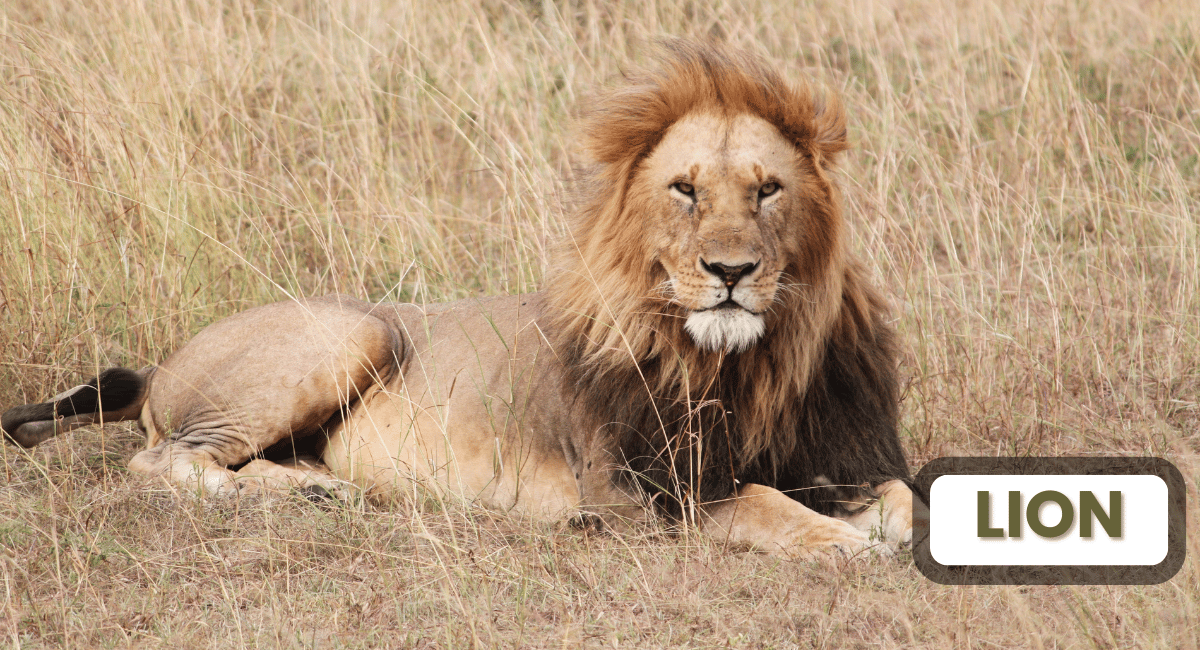
Lions, known as the kings of the jungle, not only command respect with their majestic presence but also with their thunderous roars, which can reach an impressive 114 decibels. This sound level is comparable to the noise of a chainsaw or a rock concert, making them one of the boldest animals in the world. Their roars serve multiple purposes: they communicate with pride members, establish territory, and intimidate rivals. The depth and resonance of a lion’s roar can be heard from miles away, often echoing through the African savannah and reminding other animals of their powerful presence.
The ability of lions to produce such loud roars is attributed to their unique vocal cords and the structure of their larynx. This incredible vocalization makes them stand out among the loudest animals in the world. When a lion roars, it resonates through their massive chest and is amplified, allowing them to project their voice over vast distances. As social animals, the roar of a lion not only strengthens pride cohesion but also plays a crucial role in survival in the wild, ensuring that their presence is known to both prey and competitors alike.
7. Wolves (90 dB)

Wolves are fascinating creatures known for their complex social structures and incredible vocalizations. Their howls can reach up to 90 decibels, making them one of the loudest animals in the world. This remarkable vocal ability serves multiple purposes, including communication with pack members, marking territory, and coordinating hunts. A wolf’s howl can carry over long distances, allowing them to connect with other wolves even when separated by several miles. This powerful sound not only reinforces social bonds within the pack but also plays a critical role in their survival in the wild.
The iconic howl of the wolf has captivated humans for centuries, symbolizing the wild and untamed nature of the animal kingdom. As one of the loudest animals in the world, wolves utilize their vocalizations to express a range of emotions, from excitement to distress. Their vocal range includes howls, barks, and growls, each serving a distinct purpose within their social hierarchy. The ability to produce such loud sounds is essential for their survival, allowing them to communicate effectively in their natural habitats, whether in dense forests or open tundras.
8. Cicada (120 dB)

Cicadas are fascinating insects known for their loud and distinctive mating calls, reaching an astonishing volume of 120 dB. These incredible sounds are produced by males as they try to attract females during the breeding season. The noise comes from specialized membranes called tymbals, which they rapidly contract and release to create a series of rhythmic clicks. This natural phenomenon not only showcases the cicada’s unique biology but also earns them a place among the loudest animals in the world. Their sounds can be heard from miles away, creating a symphony of noise that signifies the arrival of warm weather in many regions.
The cicada’s impressive vocalizations have sparked curiosity and research into their acoustic abilities. Interestingly, these insects are not just loud; they also exhibit a range of sounds that can vary in pitch and pattern depending on the species. While their deafening calls may be a nuisance to some, they play a crucial role in the ecosystem, serving as a food source for various predators. As one of the loudest animals in the world, cicadas remind us of the wonders of nature, demonstrating how even the smallest creatures can make the most significant noise.
9. Kakapo (132 dB)
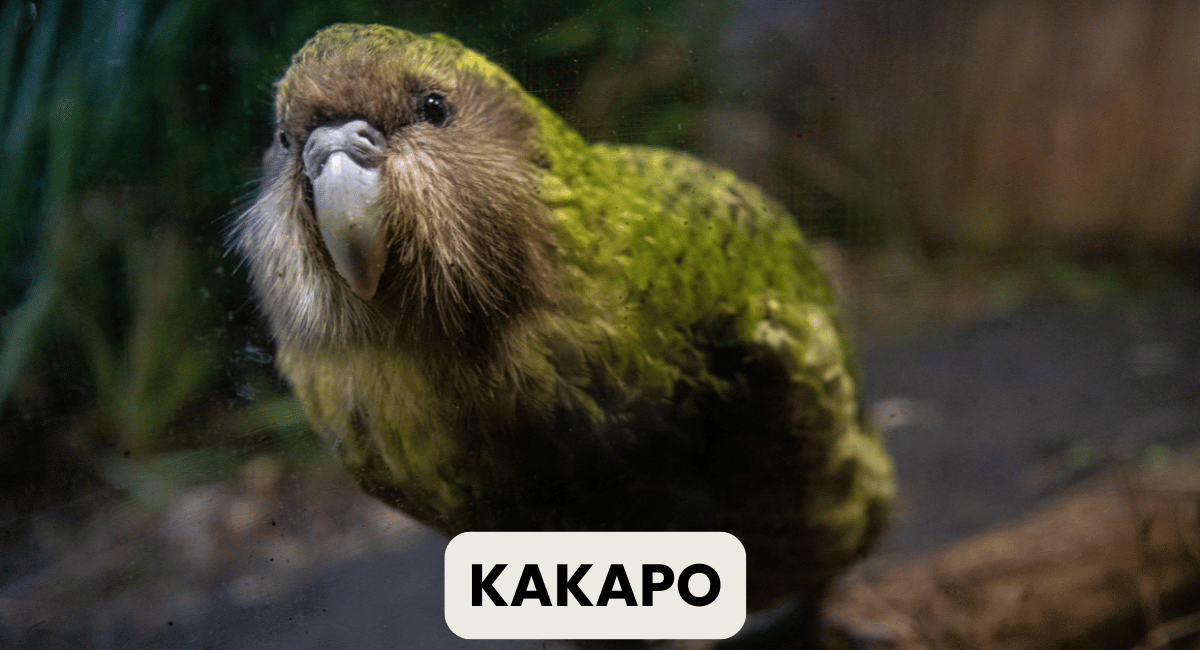
The Kakapo, a unique flightless parrot native to New Zealand, holds the title of one of the loudest animals in the world with its impressive calls reaching up to 132 decibels. This nocturnal bird is known for its distinctive booming mating call, which resonates through the forests and can be heard from several kilometers away. The Kakapo’s vibrant green plumage and large size make it a captivating sight, but it is the male’s deep, echoing call that truly sets it apart. Unfortunately, the Kakapo is critically endangered, with conservation efforts focusing on protecting its habitat and increasing its dwindling population.
Despite its loud vocalizations, the Kakapo is a shy and gentle creature. The males engage in a unique courtship display known as “lekking,” where they gather in specific areas to compete for the attention of females through their calls. This behavior not only highlights their vocal prowess but also emphasizes the importance of sound in their mating rituals. As one of the loudest animals in the world, the Kakapo serves as a reminder of the diverse communication methods found in nature and the need to preserve such remarkable species for future generations.
10. Bulldog Bat (140 dB)
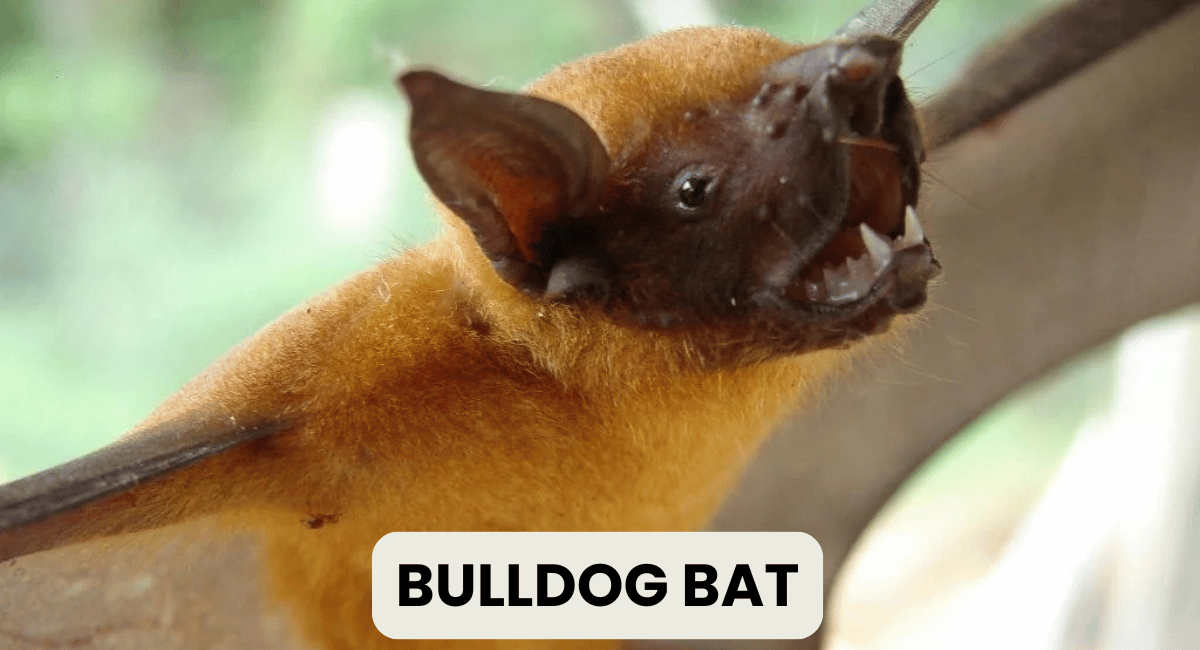
The Bulldog Bat, known for its extraordinary vocal capabilities, is one of the loudest animals in the world, producing calls that can reach an astonishing 140 decibels. This remarkable sound level is comparable to the noise of a jet taking off, making it the loudest bat species on the planet. Native to the tropical regions of Central and South America, these bats use their powerful echolocation calls to navigate through dense forests and locate prey. Their unique vocalizations not only help them find food but also communicate with one another in the bustling night skies.
In addition to their impressive volume, Bulldog Bats have an intriguing social structure. They often roost in large colonies, where their loud calls can resonate throughout their habitat. This social behavior enhances their ability to thrive in their environment, as the collective sounds aid in coordination during foraging and predator avoidance. With their ability to produce some of the loudest sounds in the animal kingdom, the Bulldog Bat exemplifies the fascinating adaptations found in the loudest animals in the world. Whether in search of insects or communicating with peers, these bats showcase the remarkable power of sound in the animal realm.



